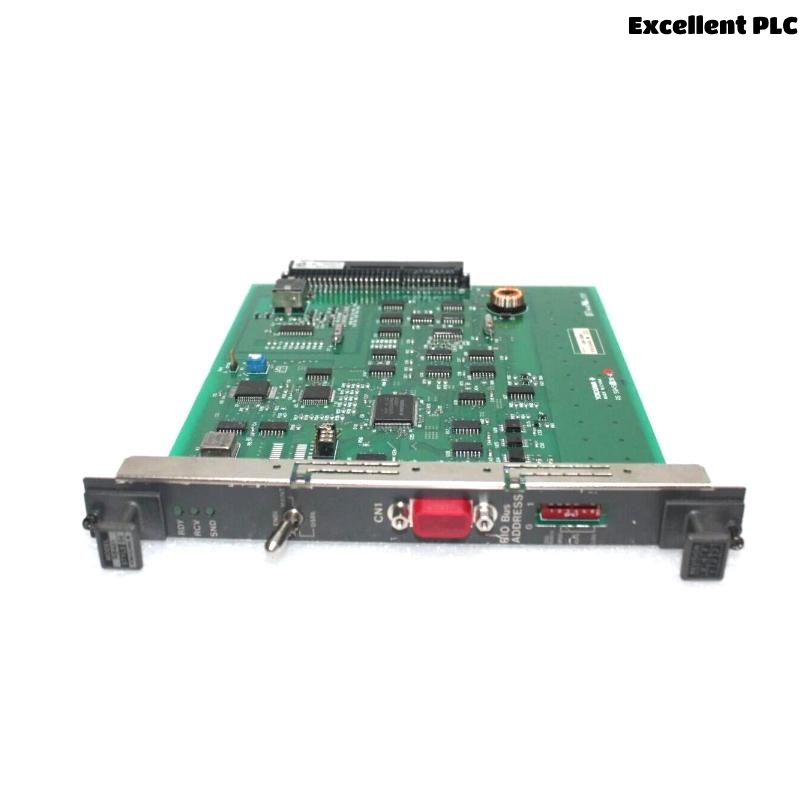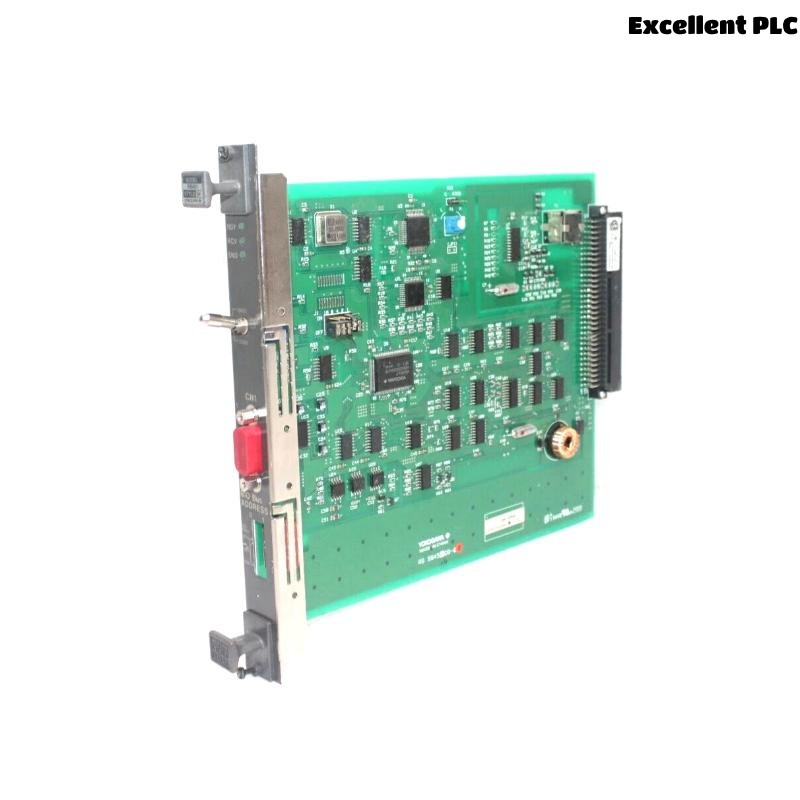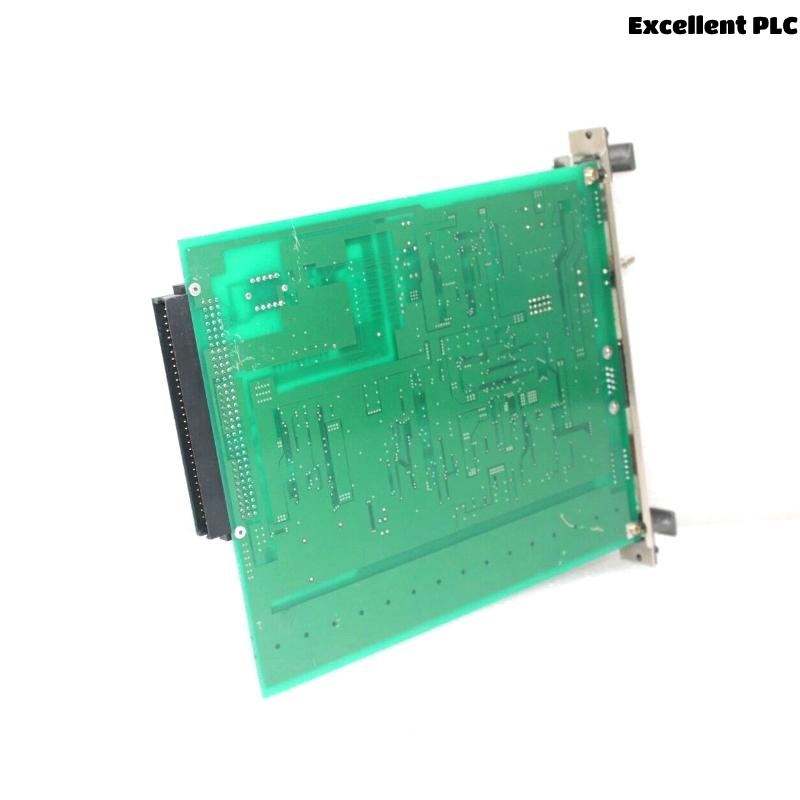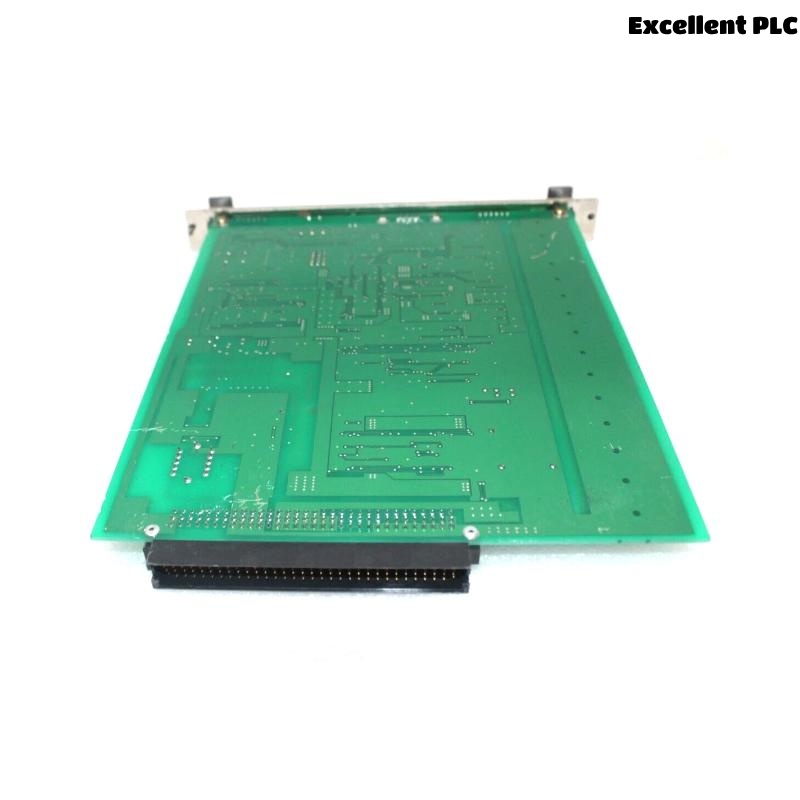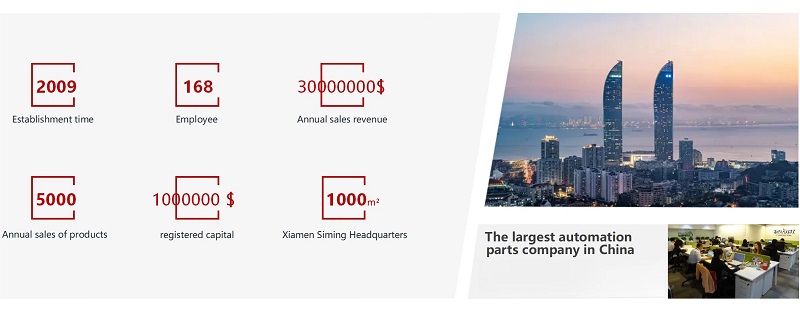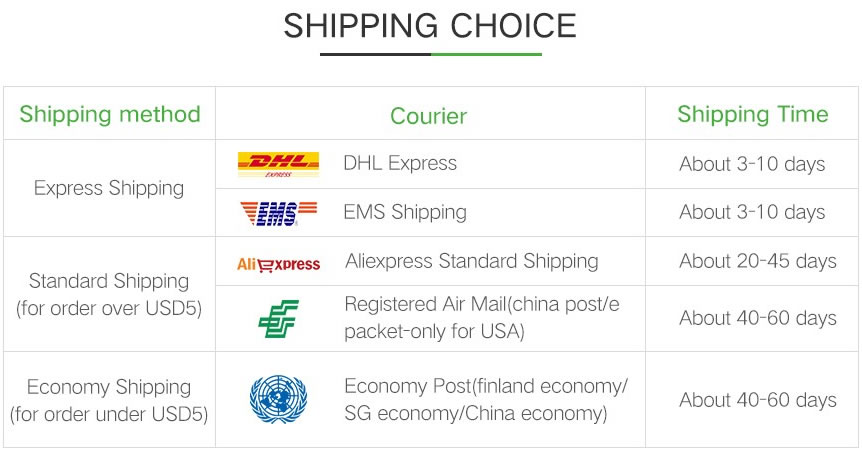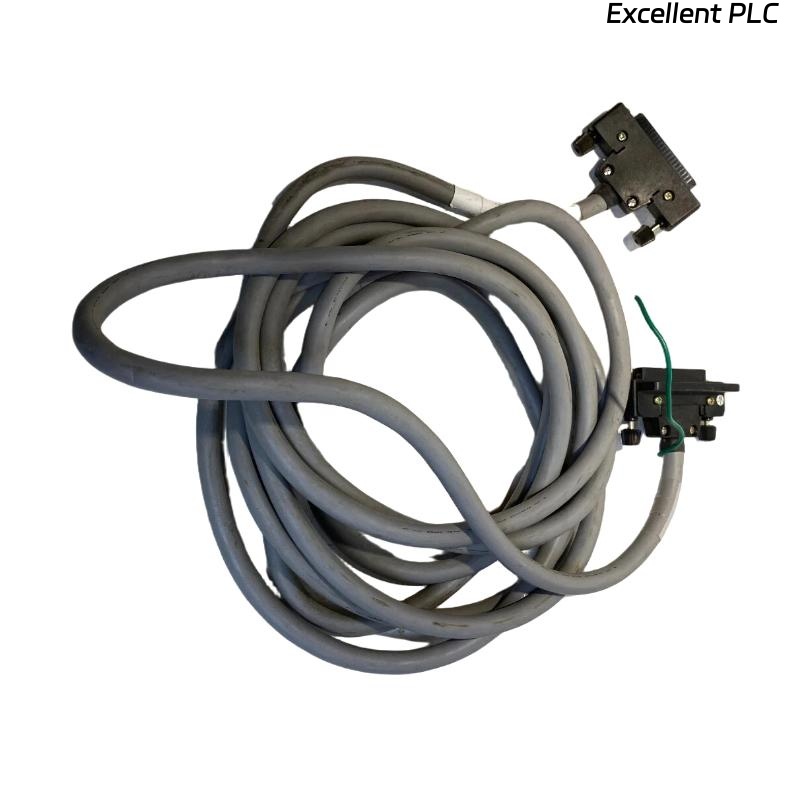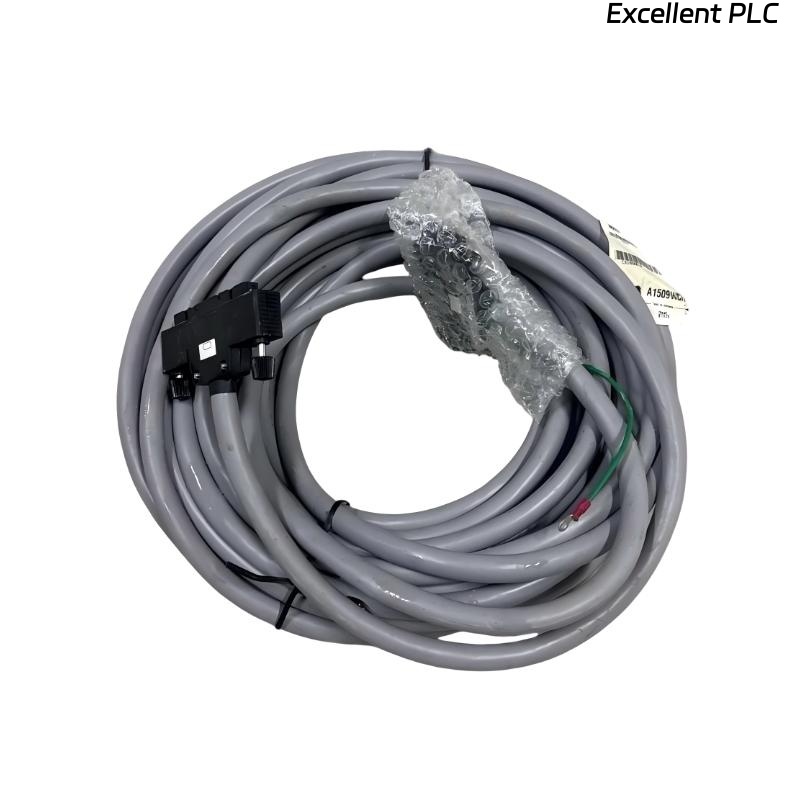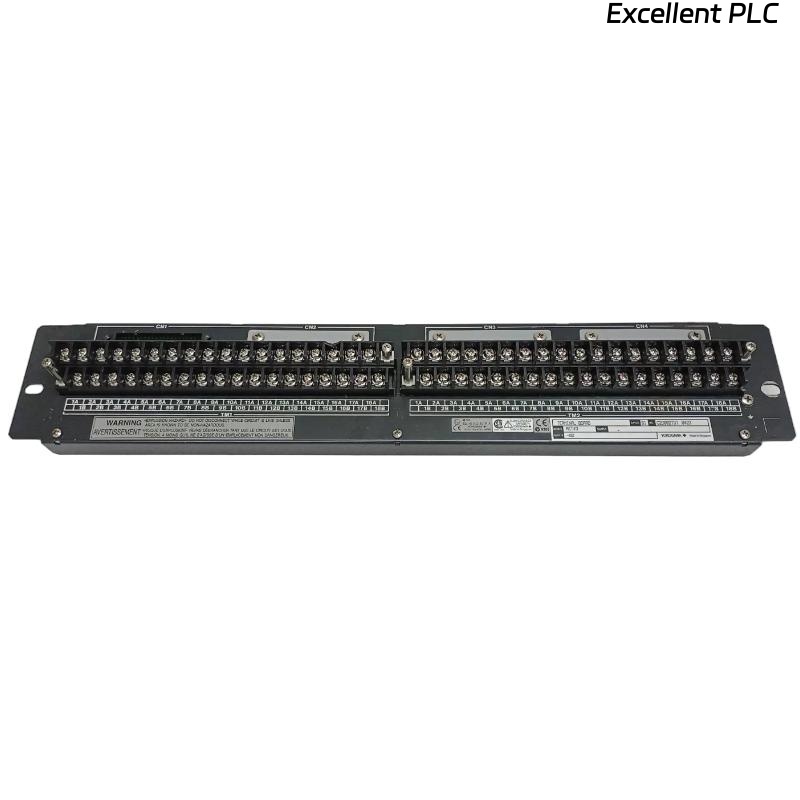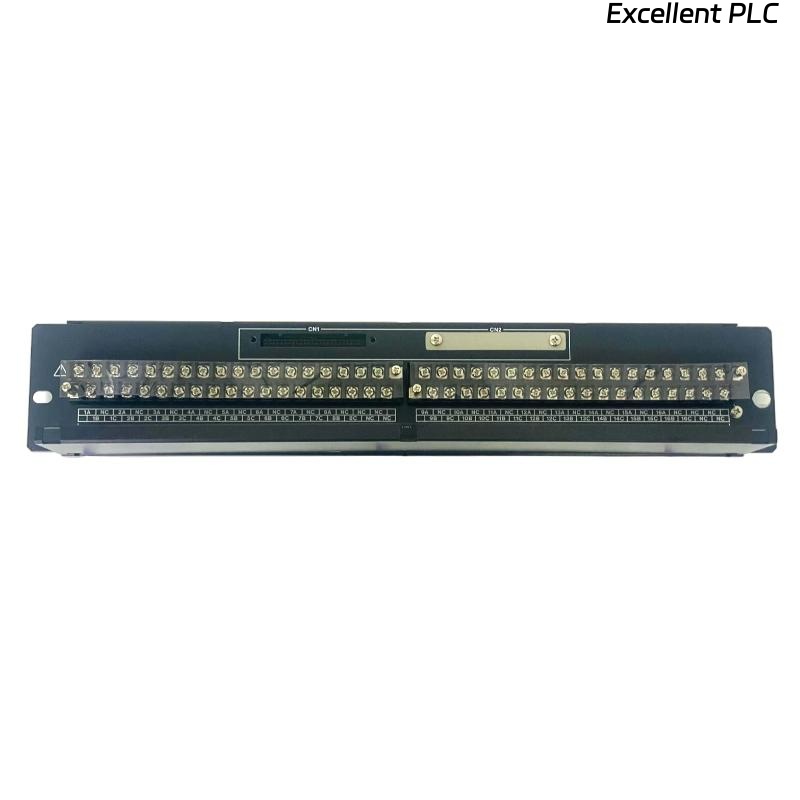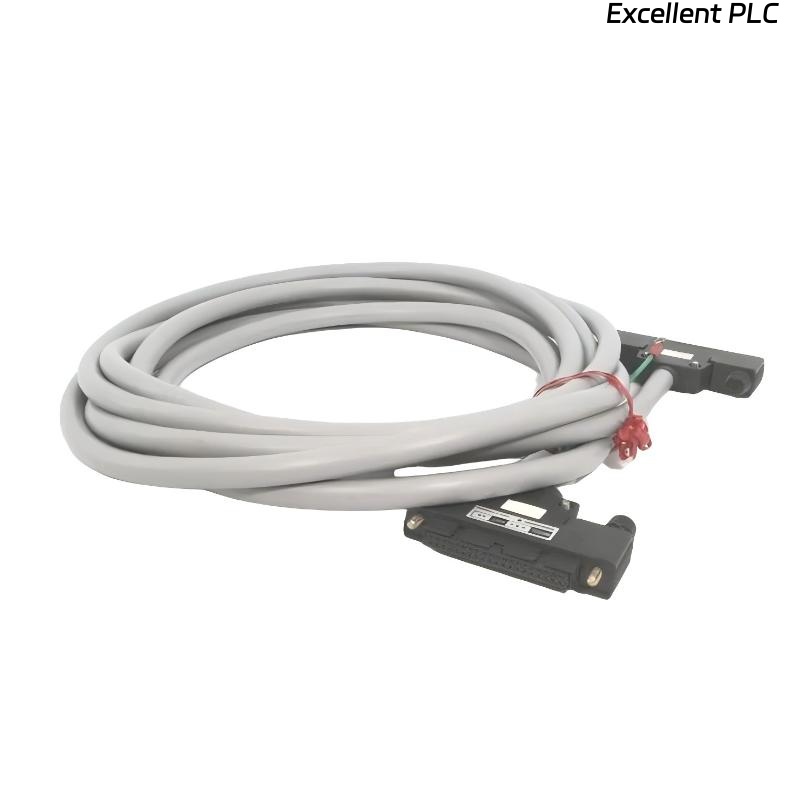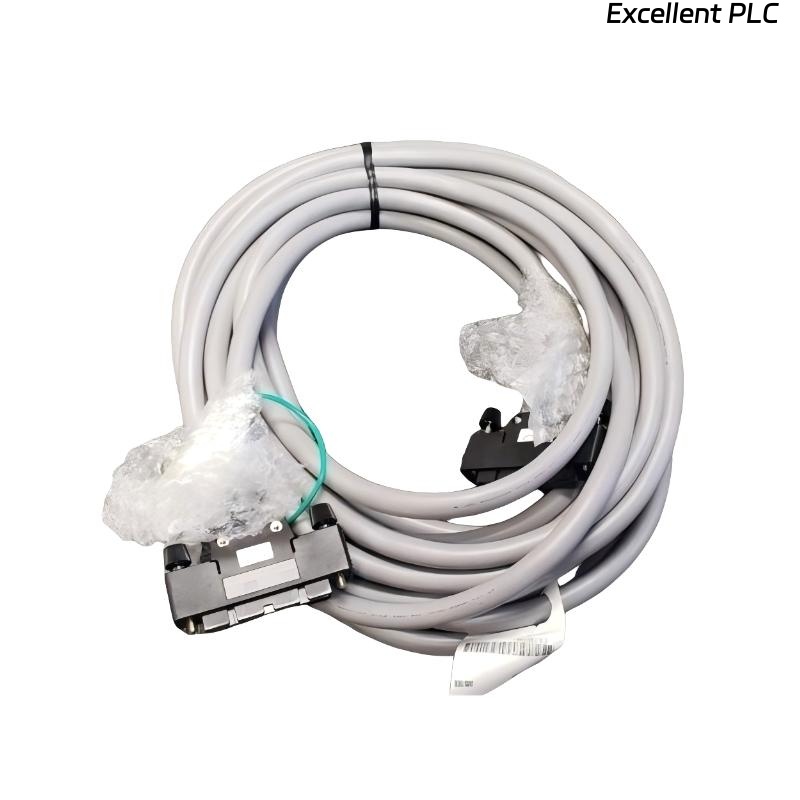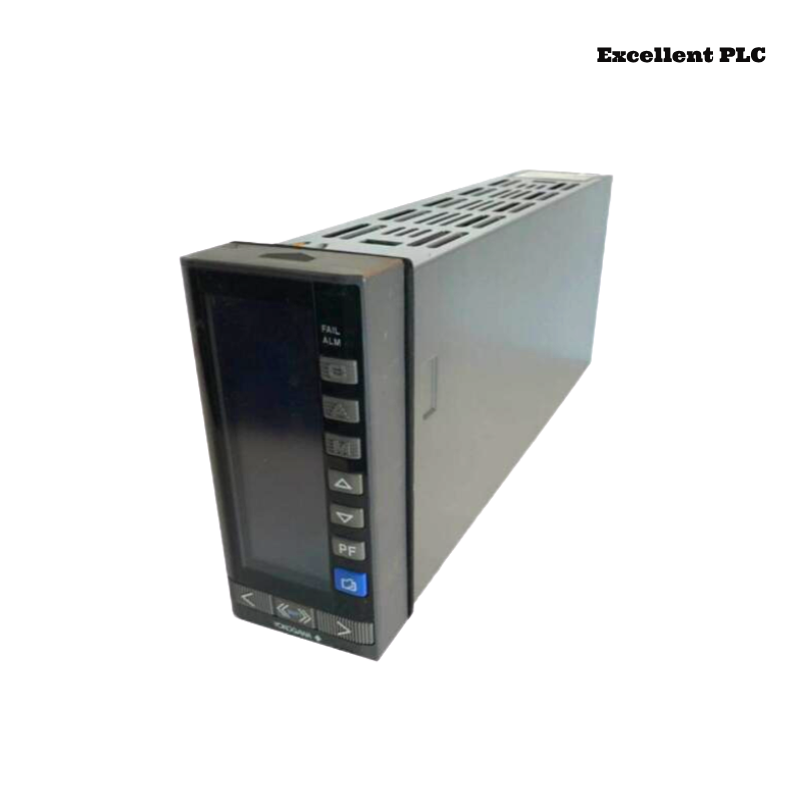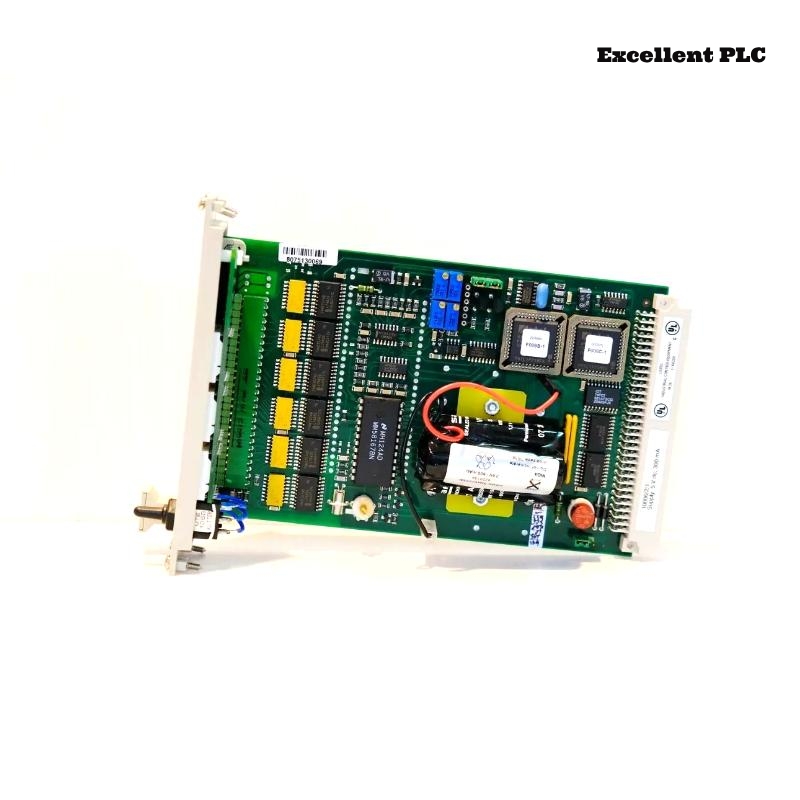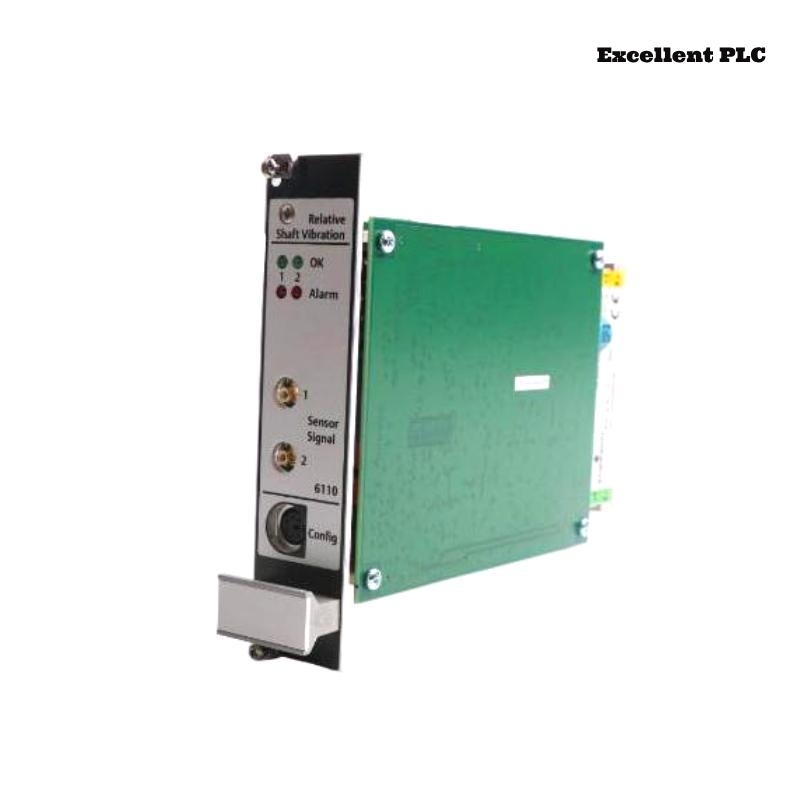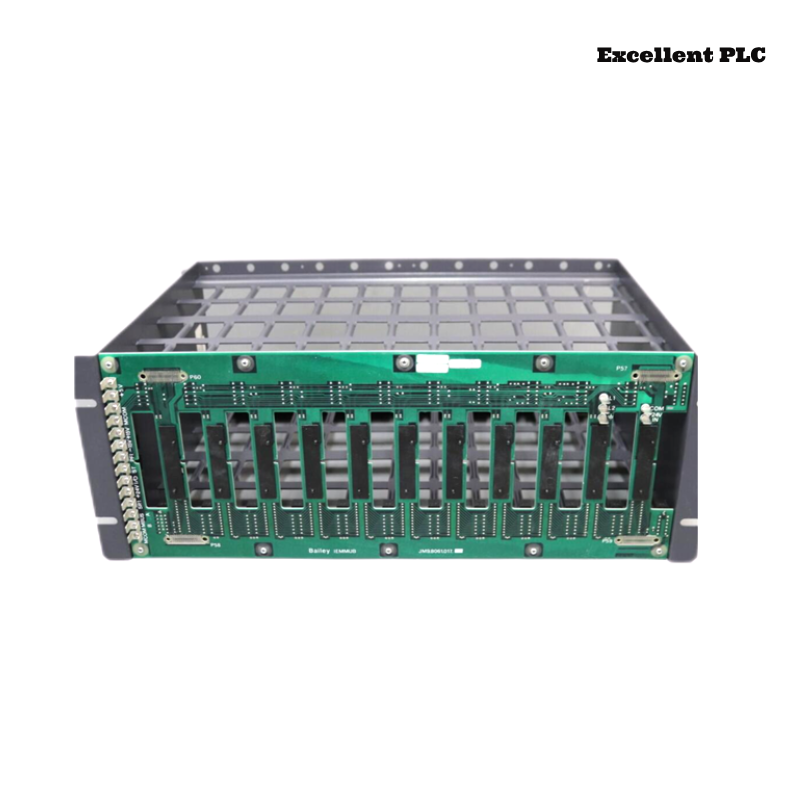| Company Information | ||||||||
| [email protected] | ||||||||
| Mobile | +8613666033393 | |||||||
| +8613666033393 | ||||||||
| 13666033393 | ||||||||
| Add | Room 1004, No. 62 Xiangxiu Li, Siming District, Xiamen City, Fujian Province, China | |||||||
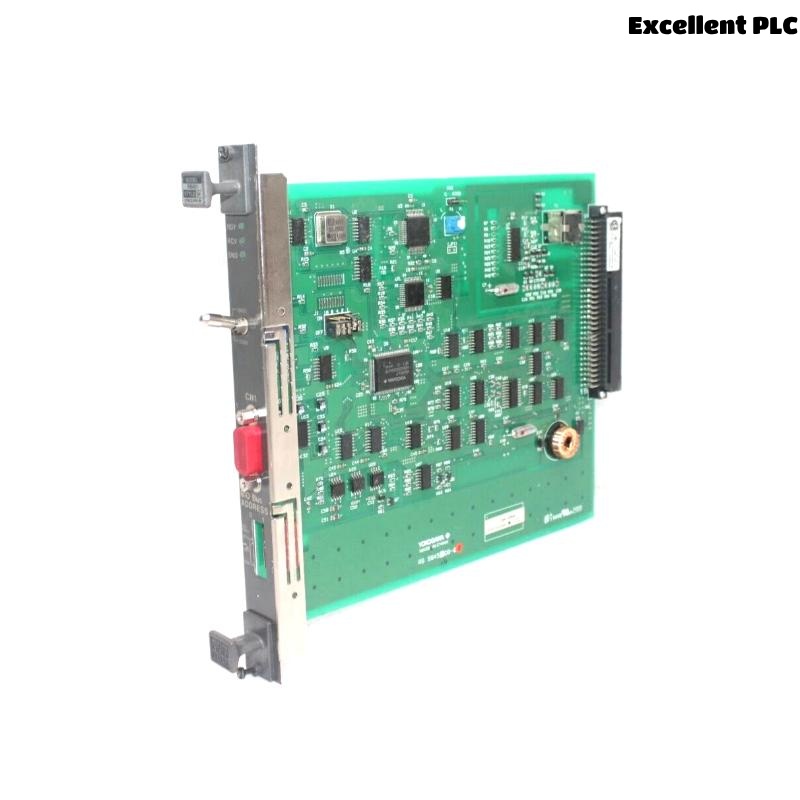
Yokogawa RB401/S4 RIO Bus Module Introduction
The Yokogawa RB401/S4 is a Remote I/O (RIO) Bus Module designed for reliable communication between a central controller and distributed I/O modules. Its compact design and robust performance make it ideal for industrial automation applications.
Technical Specifications
| Parameter | Value |
|---|---|
| Model | RB401/S4 |
| Function | Remote I/O Bus Interface Module |
| Dimensions (W×H×D) | 100 × 25.4 × 20.3 mm |
| Weight | 0.25 kg |
| Bus Type | Yokogawa Proprietary RIO Bus |
| Operating Temperature | 0 to 50 °C |
| Storage Temperature | -20 to 70 °C |
| Power Supply | Supplied by system backplane |
| Installation | DIN rail or panel mount |
| Communication Speed | System-defined high speed |
| Status Indicators | LED indicators for diagnostics |
Applications
-
Distributed Control Systems (DCS)
-
Process automation in oil, gas, power, and chemical industries
-
Large manufacturing plants with remote I/O requirements
Advantages
-
Compact and space-saving form factor
-
Reliable and high-speed communication
-
Suitable for harsh industrial environments
-
Reduces wiring complexity and installation effort
-
LED status indicators for quick diagnostics
Frequently Asked Questions
Q1: What is the function of the RB401/S4?
A1: It interfaces the controller with remote I/O modules over the RIO bus.
Q2: Is the RB401/S4 compatible with all Yokogawa systems?
A2: It works with systems supporting Yokogawa’s RIO protocol.
Q3: What is the operating temperature range?
A3: It operates between 0 °C and 50 °C.
Q4: How is it installed?
A4: It can be mounted on a DIN rail or panel.
Q5: Does it need an external power supply?
A5: No, it draws power from the backplane.
Q6: Are there built-in diagnostics?
A6: Yes, with LED indicators for status monitoring.
Q7: Can it be replaced while powered?
A7: That depends on system configuration; refer to system documentation.
Q8: Is it designed for outdoor environments?
A8: No, it is intended for indoor, controlled environments.
Q9: What is its communication speed?
A9: It operates at a high speed as defined by the RIO protocol.
Q10: What are the maintenance requirements?
A10: Periodic inspection for dust, secure connections, and monitoring of LED indicators are recommended for optimal performance.
Related Models in the Same Series or Category
| Model | Function | Dimensions (mm) | Weight (kg) |
|---|---|---|---|
| RB401/S4 | RIO Bus Module | 100×25.4×20.3 | 0.25 |
| RB402 | Enhanced RIO Bus Module | 110×25.4×20.3 | 0.28 |
| RB403 | RIO Bus Module with Redundancy | 120×25.4×20.3 | 0.30 |
| RB301 | Basic RIO Bus Module | 90×25×20 | 0.23 |
| RB302 | Compact RIO Bus Module | 85×20×20 | 0.20 |
| RB303 | High-Speed RIO Bus Module | 105×25×20 | 0.26 |
Popular Yokogawa Models
| Model | Function | Dimensions (mm) | Weight (kg) |
|---|---|---|---|
| PW101 | Power Supply Module | 100×25×30 | 0.35 |
| PW102 | Redundant Power Supply Module | 120×30×35 | 0.40 |
| ALR111 | Alarm Relay Module | 80×20×20 | 0.18 |
| CP451 | CPU Module for DCS | 150×40×30 | 0.45 |
| AMM32 | Analog Input Module | 130×35×25 | 0.38 |
| ADV151 | Digital Output Module | 110×25×25 | 0.33 |
 Excellent PLC
Excellent PLC


